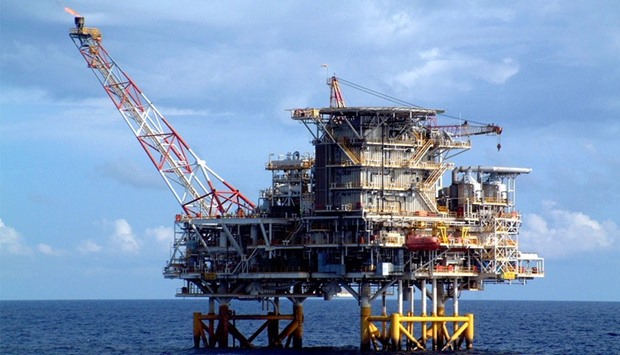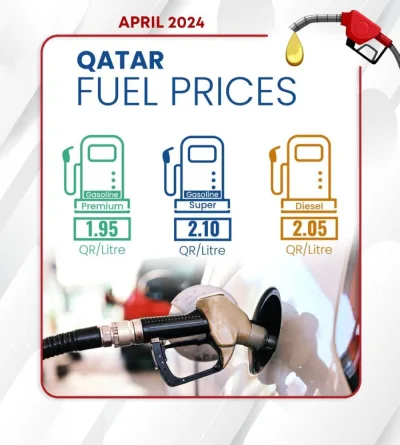* Dollar drops against basket of currencies
* Goldman Sachs, analysts warn of supply overhang
* Iran will not freeze until market share regained
Brent crude was on track for its third weekly gain on Friday, supported by an optimistic report from the International Energy Agency and a weaker dollar, which makes fuel cheaper for importers using other currencies.
Still, analysts cautioned that a large physical glut remained, with Goldman Sachs warning that US crude could saturate storage in coming months.
US crude futures were trading at $38.60 a barrel at 0942 GMT, up 76 cents from their last close, having hit a 2016 high of $38.86 earlier in the day.
Brent crude futures were at $40.72 a barrel, up 67 cents, and on track for the third consecutive weekly gain.
Both contracts were trading up more than 45% from lows reached earlier this year.
The International Energy Agency said in a monthly report that oil might have bottomed, and that low prices were beginning to impact crude output outside producer organisation Opec.
"There are clear signs that market forces ... are working their magic and higher-cost producers are cutting output," the Paris-based IEA said.
The group, which coordinates energy policies of industrialised nations, said it now believed non-Opec output would fall by 750,000 barrels per day (bpd) in 2016 compared to its previous estimate of 600,000 bpd.
It also said Iran's post-sanctions return to exporting was happening more gradually than expected, keeping its barrels from putting significant pressure on the market. Still, this week Iran said it would not participate in any production freeze until it had regained market share.
Earlier in the day, traders said support also came from the Chinese yuan hitting its highest level in 2016, reflecting a global weakening of the US dollar.
The greenback had already fallen on Thursday following easing measures announced by the European Central Bank. A weaker dollar supports oil prices as it makes dollar-traded oil cheaper for countries such as China, potentially spurring fuel demand.
The IEA said it nevertheless saw global oil and product stocks rising heavily in the first half of 2016, in the range of 1.5-1.9mn bpd, but that would slow to 0.2mn bpd in the second half. The excess itself led some to warn that a premature price recovery could hamper market rebalancing.
"We reiterate our view that oil prices need to remain low for longer, as the oil and capital market rebalancing are only beginning," Goldman said in its report.



